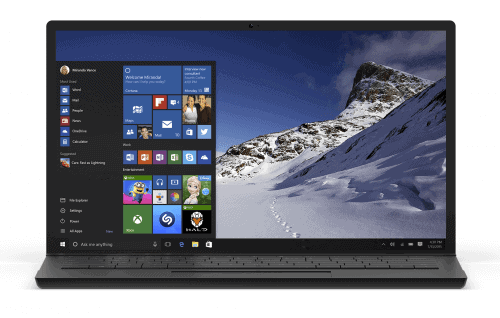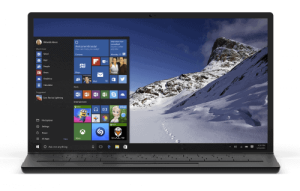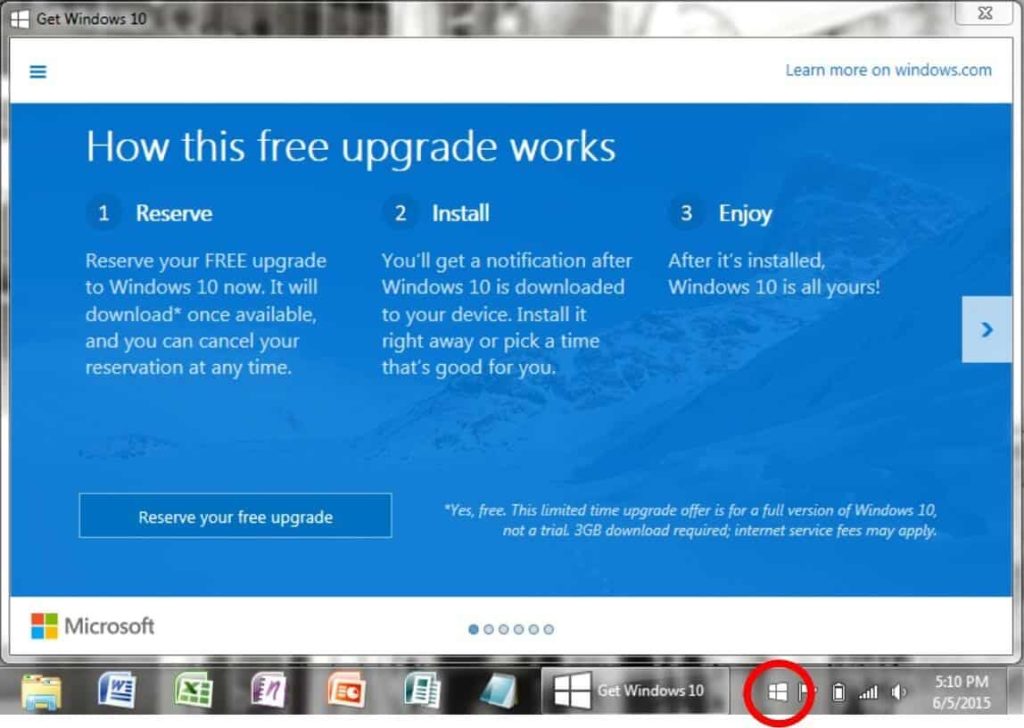
 “Windows 10 Home, Windows 10 Pro, Windows 10 Mobile, Windows 10 Enterprise, Windows 10 Mobile Enterprise!…Aaagh! I’m so confused! What do I need to know?”
“Windows 10 Home, Windows 10 Pro, Windows 10 Mobile, Windows 10 Enterprise, Windows 10 Mobile Enterprise!…Aaagh! I’m so confused! What do I need to know?”
In mid-May, Microsoft provided us with more insight into the upcoming release of Windows 10. In a post on the Windows Blog, Microsoft announced the various editions of Windows 10 we can expect when the product is released in October. Over the last couple of weeks, analysts have done a great job explaining the ins and outs of all the various editions (for example, see ZD net windows 10 blog here, ZD net windows 10 editions blog here, ZD Net windows 10 puzzle blog here, and ZD Net windows 10 here), so I’m going to focus this post on the facts that are important for small and medium businesses.
First, let’s talk about what we can eliminate from our discussion. Windows Mobile Phones still hold a very small piece of the market, so the announcement regarding Windows 10 Mobile and Windows 10 Mobile Enterprise won’t apply to most people. The post also mentions Windows 10 Education which is, obviously, for schools. So that one can be eliminated from our discussion as well. And finally, Windows 10 Home is — you guessed it — for home use, not business use.
That leaves us with Windows 10 Pro and Windows 10 Enterprise. Microsoft provides a long list of the various features in each version, and if you are a tech-savvy person then you might be interested in reading the whole list. But let’s talk practically…
What are the differences between Windows 10 Pro and Windows 10 Enterprise?
There will undoubtedly be several differences between Pro and Enterprise that have not yet been announced. What is clear at the moment is that Enterprise will include all the features of Pro and add some features on top of that. The additional features provided by an Enterprise license will include at least:
- Granular UX control and lockdown
- Pass the Hash Mitigations
- Telemetry control via GP/MDM
- Device Guard
- DirectAccess
- Windows to Go
- AppLocker
- BranchCache
- The option to create a private Windows Store for your business. Your employees will then be able to log into your private store and download apps that have been approved by the decision makers.
- Specialized updates through the “Long Term Servicing Branch.” This service provides IT admins with the option to apply security fixes to everyone’s Windows machines without applying feature upgrades. Since Microsoft intends to be constantly updating the Windows 10 OS, this could be a handy feature if you want to test the new features in the lab before pushing them out to your workstations.
Mary Jo Foley has a helpful discussion of the unique features of Windows 10 Enterprise here.
How do you acquire licensing?
Windows 10 Pro will be available as a free upgrade for many businesses. All you need is a qualifying license of Windows 7 Professional, Windows 7 Ultimate, or Windows 8.1 Pro. If you have that, then Microsoft will allow you to upgrade to Windows 10 Pro for free. See our blog here, ZDNet blog here, and ZDNet blog here for more information on that.
For Windows 10 Enterprise, you will need to purchase an upgrade license, unless you already have Software Assurance (SA) on your Windows licenses. But you will need to have a Windows 10 Pro license in place before you buy the upgrade for the Windows 10 Enterprise. So if you’re like most people and you don’t have SA on your Windows licenses, here is your upgrade path to Windows 10 Enterprise:
How much will the Enterprise license cost? We don’t know yet. But, to give you some perspective, upgrading from Windows 8.1 Pro to Windows 8.1 Enterprise today, it will cost you about $300. I would expect the costs in Windows 10 to be similar. And just FYI, Windows 10 Home is expected to cost $119, and Windows 10 Pro is expected to be $199. More info on that is available on a noewin blog here and a ZD Net blog here.
When will this be available?
The free upgrade to Windows 10 is scheduled for July 29. If you’re like me, then you probably have a new little Windows icon in the lower right corner of your desktop screen (circled in red below). If you click on it, you get a notification window that explains how the upgrade works and how to reserve your copy.
As far as the upgrade licensing to Windows Enterprise, at this point it is unclear when that will become available. As we get closer to launch date, more and more information will be released, and Mirazon will be here to help you sort through it.

